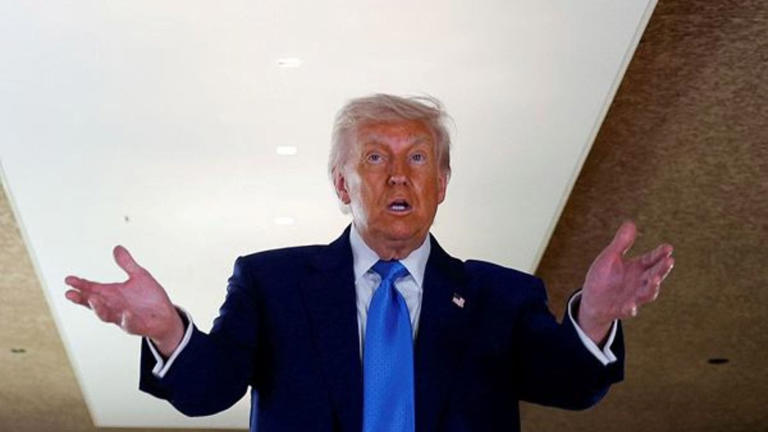On May 25, 2025, President Donald Trump announced a postponement of the proposed 50% tariff on European Union (EU) goods, shifting the implementation date from June 1 to July 9. This decision follows a conversation with European Commission President Ursula von der Leyen, who requested additional time to negotiate a comprehensive trade agreement. (The Times of India, New York Post)

Background of the Tariff Threat
The initial tariff threat emerged as part of the Trump administration’s broader strategy to address what it perceives as unfair trade practices by the EU. President Trump has criticized the EU for its value-added tax system and regulatory barriers, arguing that they disadvantage American exporters.
The proposed 50% tariff aimed to pressure the EU into making concessions on various trade issues, including subsidies and market access for U.S. goods. The announcement led to concerns about a potential trade war, with financial markets reacting negatively.
EU’s Response and Ongoing Negotiations
In response to the tariff threat, the EU has expressed a willingness to engage in serious negotiations. President von der Leyen emphasized the importance of the EU-U.S. trade relationship and the need for a fair and balanced agreement.
The EU has also paused its retaliatory tariffs, which were initially imposed in response to earlier U.S. tariffs on steel and aluminum. This pause is intended to create a conducive environment for negotiations and avoid further escalation.
Economic Implications MSN NEWS
The delay in implementing the 50% tariff has provided temporary relief to businesses on both sides of the Atlantic. European exporters, particularly in the automotive and agricultural sectors, have welcomed the postponement, while U.S. importers have expressed hope for a resolution that avoids significant disruptions.
Financial markets have responded positively to the news, with Asian stocks and the euro gaining value following the announcement.
As negotiations progress, stakeholders worldwide will be closely monitoring developments, hopeful for a resolution that promotes stability and growth in international trade.The initial tariff threat was in the context of a wider Trump administration tactic of addressing China’s, or, in this instance, the EU’s, trade unfairness from the Trump administration’s point of view. President Trump has bemoaned the EU value-added tax system and regulatory barriers to American exporters as discriminatory.
The proposed 50% tariff would attempt to pressure the EU to make concessions on some of the trade problems, including subsidies and American access to its market for goods. The threat caused apprehension of a trade war, and financial markets reacted adversely.
EU’s Response and Current Negotiations
The EU responded to the tariff threat by stating that it would welcome serious talks. President von der Leyen emphasized the importance of the EU-U.S. trading relationship and the need for a balanced and equitable agreement.
The EU has also put its retaliatory tariffs on hold, which initially were imposed against U.S. tariffs on steel and aluminum. The hold is intended to create a favorable atmosphere for the negotiations and avoid further escalation.
Economic Implications The delay in imposing the 50% tariff has provided short-term respite to businesses on either side of the Atlantic. The delay has been greeted by European exporters, particularly by the automobile and agribusiness sectors, and American importers have also preferred a resolution without significant interruptions.
Financial markets absorbed the news in stride, with Asian shares and the euro rising after the announcement.
Conclusion
The extension of the tariff deadline to July 9 offers a crucial window of opportunity for the U.S. and the EU to sit down for talks to seal a comprehensive trade deal. Both sides have indicated a desire to settle their differences through talks in an effort to expand their economic ties and avoid the negative impacts of a trade war. As the talks go on, stakeholders worldwide will be keenly observing, with fingers crossed for a result that promotes stability and development in international trade.

